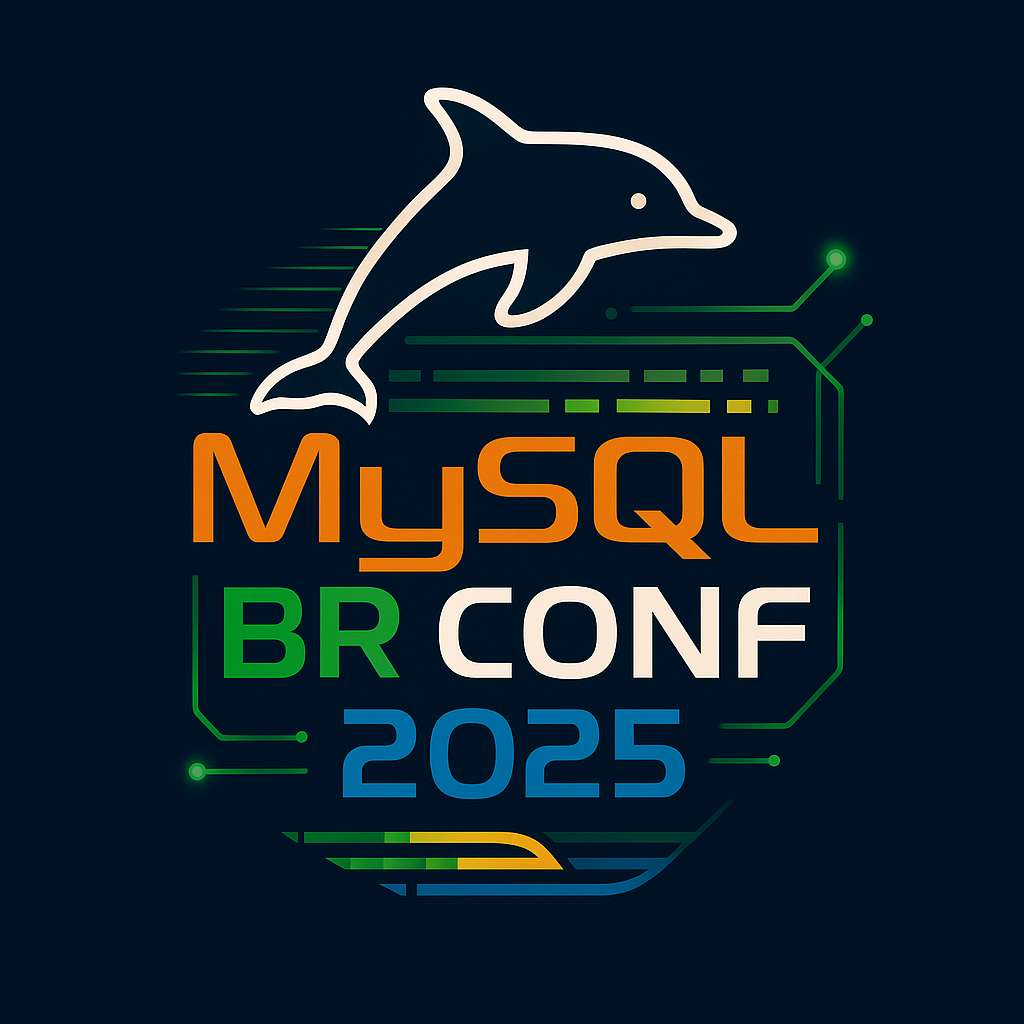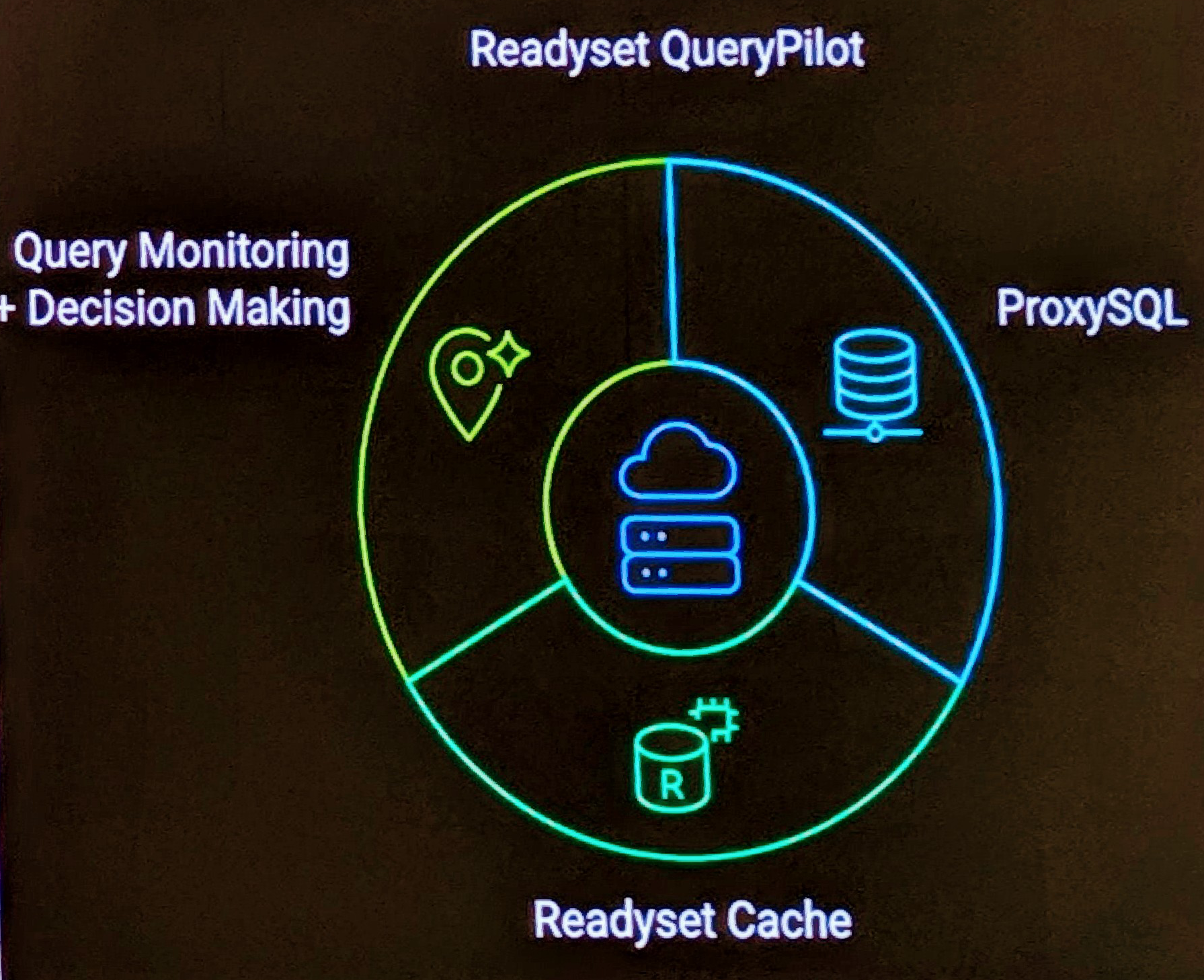The AWS ledger database (QLDB) is an auditors best friend and lives up to the stated description of “Amazon QLDB can be used to track each and every application data change and maintains a complete and verifiable history of changes over time.”
This presentation will go over what was done to take a MySQL application that provided auditing activity changes for key data, and how it is being migrated to QLDB.
While QLDB does use a SQL-format for DML (PartiQL) , and you can perform the traditional INSERT/UPDATE/DELETE/SELECT, the ability to extend these statements to manipulate Amazon Ion data (a superset of JSON) gives you improved capabilities and statements.
Get a comparison of how to map a MySQL structure multiple tables and lots of columns into a single QLDB table and then benefit with an immutable and cryptographically verifiable transaction log. No more triggers, duplicated tables, extra auditing for abuse of binary log activity.
We also cover the simplicity of using X Protocol and JSON output for data migration, and the complexity of AWS RDS not supporting X Protocol.
- Presented at Percona Live Online 2021
- Slides


